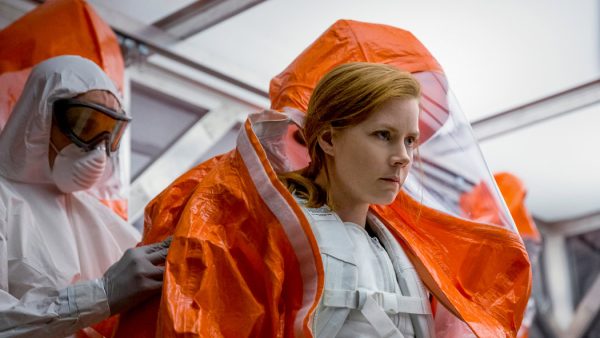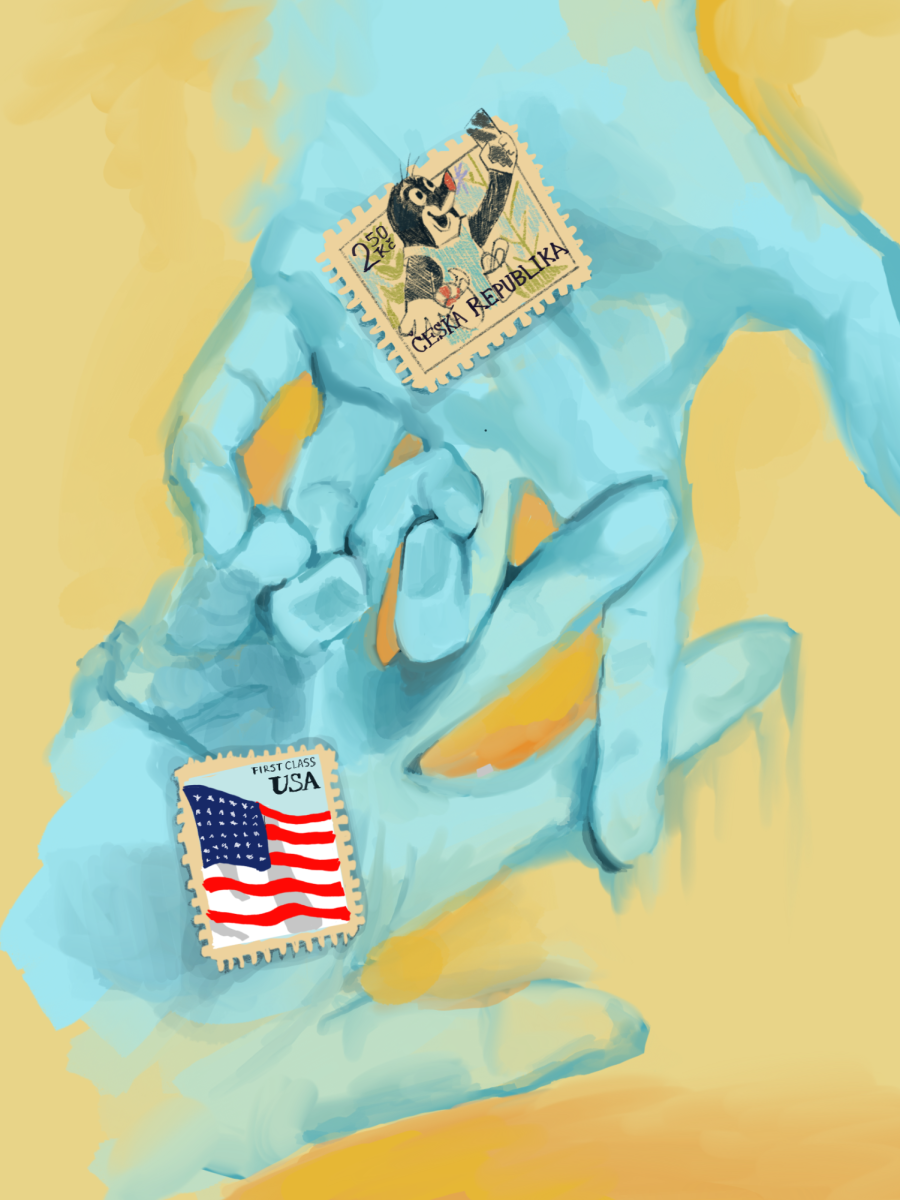Denis Villenueve’s 2016 film Arrival is a love letter to language. Through its layered storytelling, it examines the complex interactions between communication and understanding. The movie focuses on contact with aliens, a trope it uses to explore the idea that the language we speak can influence our perception of the world, extending even to our concept of time.
The film follows Dr. Louise Banks (Amy Adams), a renowned professor of linguistics living a quiet existence up until the U.S. military enlists her in the global effort of establishing communication between mankind and an alien species. Without warning or explanation, the aliens, called heptapods, descend on Earth in 12 separate vessels that disperse across the globe. Their arrival creates international tensions as governments work to respond, while Banks strives to bring the aliens and humans together in connection and understanding.

Arrival’s plot relies upon the theory of linguistic relativity, the idea that the language we speak impacts our overall outlook on life by changing the way that we process it. Through interacting with the aliens, Banks develops a newfound understanding of chronology, one completely different from standard human comprehension. In learning the heptapods’ language, Banks inherits the aliens’ perspective. Heptapods don’t view time as linear, and this is reflected in the way they write, through circular logograms. Instead of an alphabet, they use singular symbols to express entire ideas. As Banks works to understand the aliens’ language and expression, their nonlinear understanding of time begins to influence her own memories and perceptions. Scenes vary between present and future, enhancing the emotional dimensions of the story by delving into her personal experiences in disjointed, seemingly unrelated sequences. While this creates a somewhat confusing plot progression, it proves to be integral to the story. Only when the true motives of these aliens have been revealed do we learn what these interspersed memories and experiences mean to the story.

The human characters in Arrival seem to face the most significant difficulty in communicating with each other, which is ironic given that they’re attempting to make effective contact with the aliens. Governments across the world struggle to collaborate in addressing the heptapods’ arrival, creating conflict and misunderstanding. The challenges to communication between the human characters serve as a criticism of humanity itself in our inability to function as a collective, peaceful unit. The movie portrays mankind in the harsh truth of its dysfunctionality, providing a sharp contrast to the heptapods’ calm, knowing natures.
The science fiction genre is sometimes dubbed inaccessible in its attempts to bring complex concepts into the lens of storytelling. With theories, species, kingdoms, planets, space shuttles, and more, the world of science fiction can be complex and confusing, driving away some viewers. Arrival is a far less alienating example of the genre. In it, people become more human by learning an extraterrestrial language, which is not only more inviting to science fiction skeptics, it’s genius. This depth makes it an enjoyable work of art, taking nothing away from its credibility as a brilliant piece of science fiction.


















